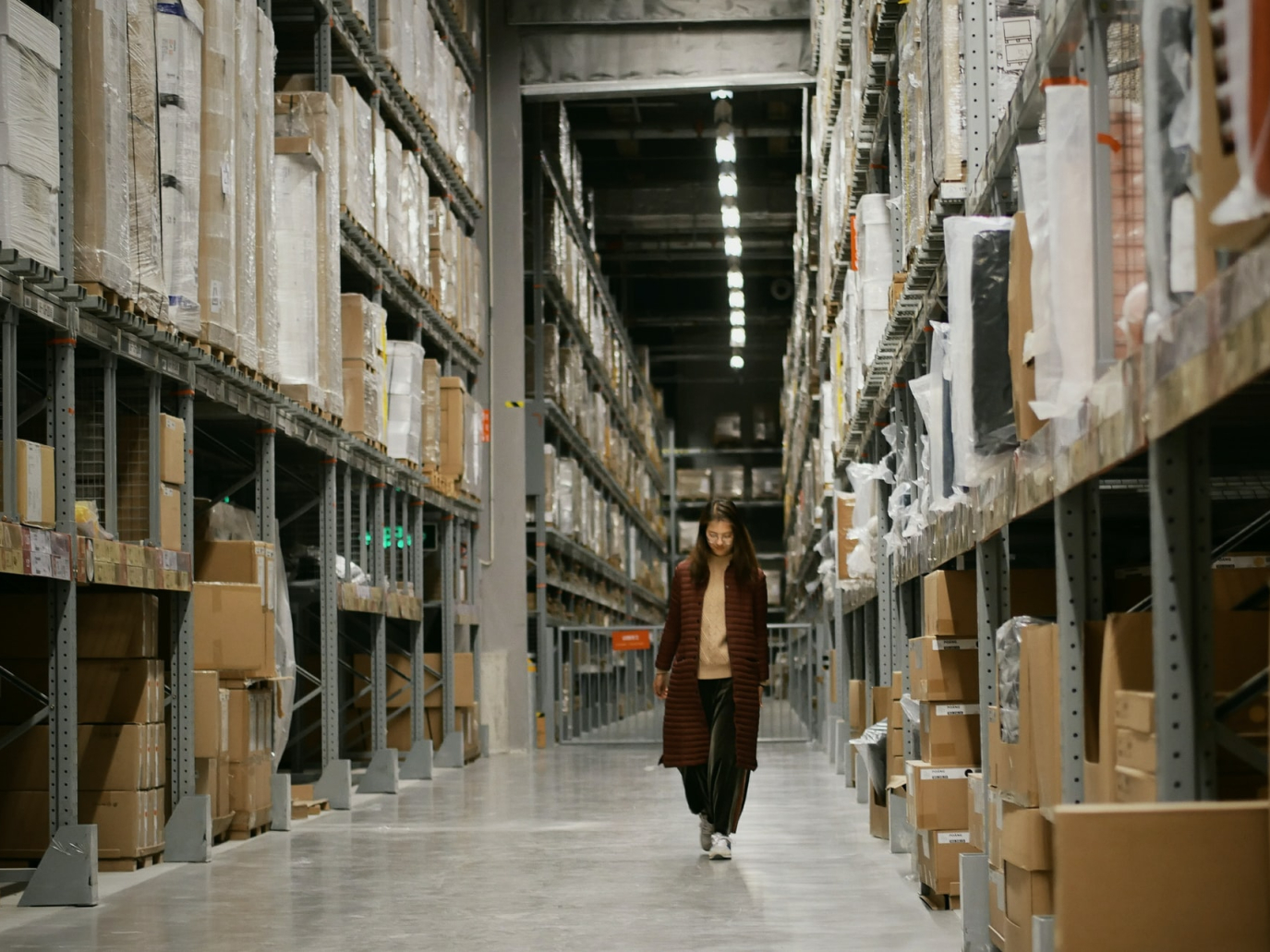The first law in the world banning the destruction of returned or unsold products has been passed in France. This happened following the wave of indignation unleashed after the release of a documentary containing hidden camera footage from within an Amazon warehouse. And it’s not just the e-commerce giant who is responsible for this unsustainable practice.
A documentary in an Amazon warehouse
A popcorn machine, new and still in its packaging; a large box full of fresh-printed books; another box, filled with unopened bags of kids’ nappies; dozens of LEGO sets, for castles and spaceships, still wrapped in cellophane; flat-screen TVs worth hundreds of euros, perfectly packaged. All of it just delivered, still packaged, never used. All of it returned to the sender by unsatisfied customers. All of it about to be thrown in the trash.
These images were broadcast in January 2019 on the French channel M6, which sent two undercover reporters to an Amazon warehouse in the Loire Valley. All those goods, captured by hidden cameras as workers were about to throw them in the trash, are only a small part of the 300,000 products that this warehouse – which, incidentally, is one of Amazon’s smallest in France – destined to landfill each year. This is a slap in the face of the less privileged, and an environmental tragedy.
The documentary triggered a scandal that ended up having a positive impact, leading the French government, a year later, to adopt the first law in the world that bans the destruction of returned or unsold products.
A law to save returned and unsold goods
The problem isn’t just about Amazon. In France alone, 650 million euro in unsold goods are thrown away or destroyed each year. And while e-commerce did give this trend a push, certain sectors – like fashion and luxury – had for a long time made a habit of removing residual items from warehouses to preserve brand exclusivity. Brune Poirson, the Secretary of State at the Ministry of Ecological Transition, uses a familiar unit of measurement to give an idea of how many clothes and shoes are tossed away in France each year: the equivalent in weight of two Eiffel Towers.
The anti-waste law, approved by the Senate last summer, came into effect in January, adding to existing legislation that banned French supermarkets from throwing away unsold food (which is now given to charity). The new rules will force producers, importers and distributors – including online retailers – to reuse unsold and returned non-food products, as long as there are no risks to health or safety. This means that clothes, shoes, textiles, cosmetics, electronics, plastic products, toys and other items have been added to the “do not destroy” list. Companies will have to find ways to re-circulate these goods without interfering with their brand’s market, maybe by selling them to employees at a lower price, giving them to charity, or recycling the materials.
Meanwhile, others have started to follow France’s example: in Italy’s Lazio Region an amendment has been approved to help combat the destruction of returned and unsold items, stipulating a series of accords between distributors and public bodies or charities.
Serial returners
While France was the first to address the issue through legislation, the fate of surplus stock and returned items has been a problem for companies for some time, because of the growing costs (rather than environmental concerns). It is estimated that the amount of returned items has increased by 95% in the last five years, linked with the rise of Amazon and the online retail boom. A US company called Happy Returns, whose service is aimed at customers who wish to return their items, has calculated that the value of returns in the US will go from 350 billion dollars in 2017 to 550 in 2020. Unsurprisingly, the most returned item types are clothes, shoes and other fashion accessories, more than half of which are sent back.
Every year, globally, over 15% of products on the market are returned by customers or simply go unsold, as stated on Optoro’s website. Furthermore, poor management of refused goods generates 15 million tonnes of carbon emissions a year in the US alone. The problem is that it is much more convenient for distributors to dispose of returned packages rather than keeping them for months or years or having to take responsibility for returning them to the producer. However, the fact that it costs less does not mean that the practice doesn’t generate inefficiencies for the industry itself. So, to contain environmental impacts and economic waste, some consulting firms – such as Optoro in the US and Parker Lane in the UK – have started offering their services to companies, helping manage and recycle returns and unsold items more efficiently.
The responsibility for waste, however, does not just lie with those who produce and sell. The Barclaycard research group has highlighted the issue of “serial returners”: customers who deliberately buy more products than they need (30% of surveyed purchasers admit they do this) or those who order different sizes of the same item, so they can choose the best fit at home (19%). The practice is acknowledged so freely precisely because, generally speaking, e-commerce customers don’t know or don’t ask themselves where the shoes and clothes they return will end up. Perhaps, then, a law forcing producers and distributors to take charge of returned items’ fates will cause them to raise awareness among their customers, making returns more unlikely.



